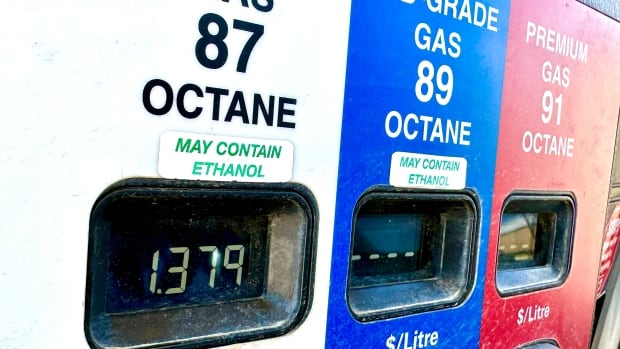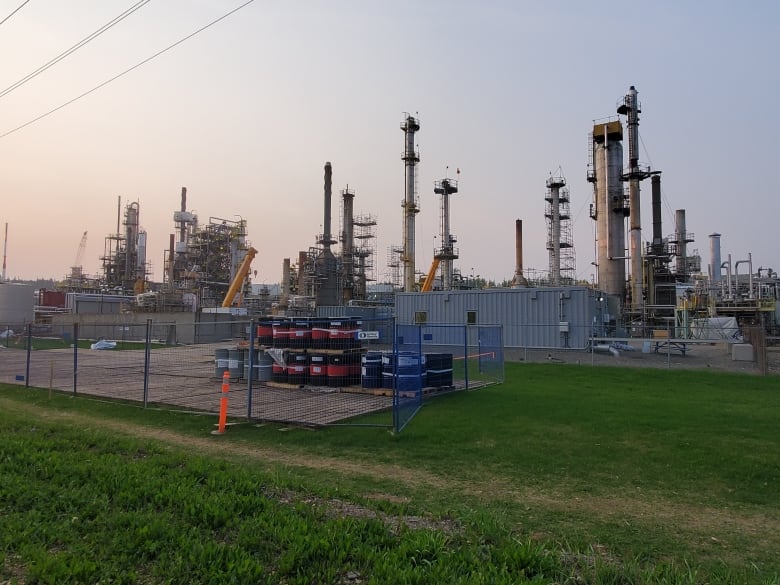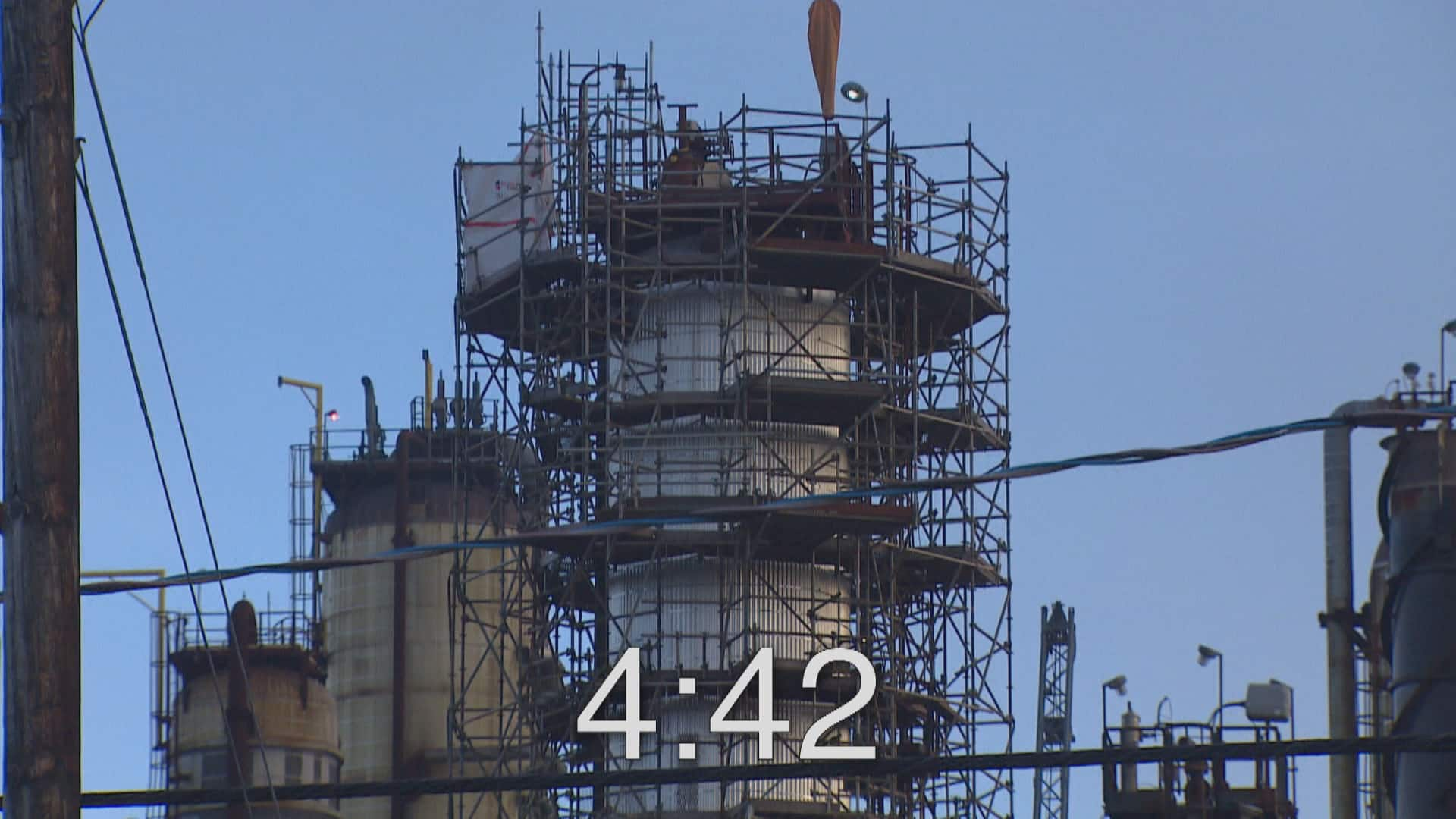
Canada’s biofuel industry is welcoming a proposed multi-billion dollar package of financial support from the federal government, although concerns remain about whether it will be enough to compete with lucrative subsidies south of the border and reverse the growing dependence on U.S. imports to meet clean fuel regulations.
The federal government is committing $1.27 billion toward building new biofuel facilities through funding from the Canada Infrastructure Bank and a change to the Clean Fuels Fund.
This month’s federal budget also included the creation of a biofuel production fund, worth up to $500 million annually, which would be similar to a production tax credit and subsidize the ongoing operations of a facility.
“We were pleased to see something in the budget,” said David Schick, a vice-president with the Canadian Fuels Association.
Biofuels can be produced from a variety of materials like corn, animals fats and vegetable oils to produce ethanol, renewable diesel and sustainable aviation fuel. Biofuels vary in greenhouse gas emissions, but generally produce lower emissions than traditional gasoline and diesel because they burn cleaner.
As government regulations in Canada are increasing the need for biofuels, imports from the U.S. have also climbed. In 2023, Canadian imports of U.S. fuel ethanol jumped 40 per cent compared to 2022, to 1.76 billion litres.
There are about $10-billion worth of proposed facilities to make biofuels from Canadian raw materials in the country, said Schick, and the new federal support will help support those projects, while helping the economy and environment.
“It’s really as simple as make versus buy,” said Schick.
“The U.S. programs are going to create a lot of product to come onto the market. We don’t want to be in a situation in Canada where we lose all of that tremendous construction and operational capacity on feedstocks and operating these facilities to make these low-carbon products, where the alternative is just bringing them in from the States.”
Details, implementation uncertain
For several years the sector has lobbied Ottawa to take action in response to the U.S. government’s Inflation Reduction Act (IRA), a massive clean energy program. With its lavish subsidies toward many types of low carbon energy, the IRA has attracted investment from around the world to the U.S.
A clean fuel production tax credit included in the IRA that aims to boost the biofuel industry begins January 1, 2025.
In this month’s budget, the federal government states, “Not only do [biofuels] generate fewer greenhouse gas emissions compared to fossil fuels, they also represent a unique opportunity for the Canadian economy. The industry supports agriculture and forestry jobs and can help decarbonize key sectors like marine, aviation, rail, and heavy industry.”
The new federal government subsidies will help level the playing field compared to the IRA, said Schick, although a gap still remains.
“It’s somewhere in between a wide margin and comparable. We’re trying to understand how the details are going to play out,” he said.

Growing the biofuels sector with canola is a “game-changer for our industry,” said Chris Vervaet, executive director of the Winnipeg-based Canadian Oilseed Processors Association.
Instead of continuing to export large amounts of canola to be processed overseas, Vervaet would like more refining in Canada to have a more diversified market for canola.
“This was a good announcement and we support it wholeheartedly in terms of a clear signal that the government is willing to support biofuel production in this country,” said Vervaet, although he will watch closely how the federal government policies will be implemented.
Several biofuel facilities are already operational or under construction, including the Come by Chance refinery in Newfoundland and Labrador, which celebrated its conversion from a traditional oil refinery to a biofuel facility this week. The complex converts animals fats and vegetable oils into renewable diesel fuel.
CBC’s Garrett Barry outlines what happened, and when, at the Come By Chance refinery.
Replacing traditional diesel with either biodiesel or renewable diesel can reduce the carbon intensity of the fuel by about 90 per cent, according to Navius Research. However, the environmental benefit of biofuels can vary greatly based on what source material is used, such as whether it’s from waste or crops grown specifically for fuel.
A reduction in the emission from using biofuels can come at the expense of other environmental impacts in different parts of the world, some research has shown, such as as acidification, water footprint and biodiversity loss.
The new federal incentives, in addition to existing subsidies from some provincial governments, could level the playing field with what’s offered in the U.S., said Doug Hooper, the director of policy and regulation with Advanced Biofuels Canada.
“It’s pretty hard to do an apples-to-apples comparison, but I think it moves the ball well down the field for Canadian projects to move forward and expand the the current production capacity,” he said.
The federal budget will help get more projects built, said Hooper, although some companies are hesitant to invest in a new facility because of the uncertainty surrounding a possible change in government. Fuel regulations, carbon taxes, and subsidy programs could all be impacted, he said.
The federal government’s clean fuel regulations aim to reduce the carbon intensity of gasoline and diesel by about 15 per cent by 2030 compared to 2016 levels.


